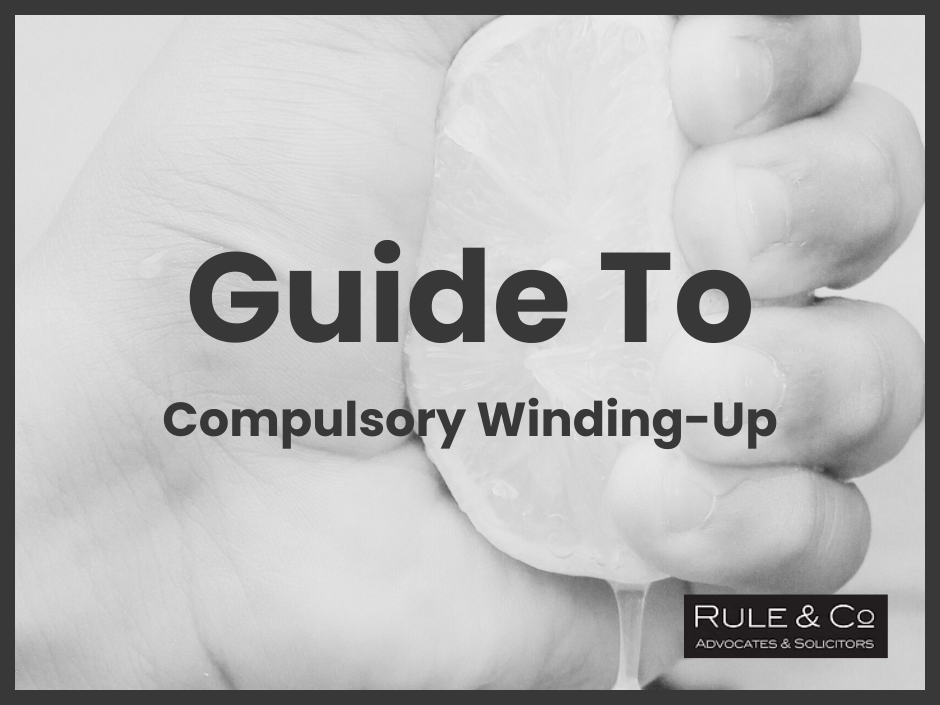Debt Recovery Strategies: How to Recover Unpaid Debts Effectively
- Rudi Cheu

- Mar 4
- 3 min read
Updated: Sep 23
Introduction
Unpaid debts can severely impact cash flow and hinder business growth. Whether you're a small business owner, freelancer, or construction contractor, ensuring timely payments is crucial for financial stability. But what do you do when clients refuse to pay?
In this article, we’ll explore proven debt recovery strategies to help you recover outstanding payments legally and efficiently.
Understanding Debt Recovery
What is Debt Recovery?
Debt recovery is the process of reclaiming overdue payments from clients or customers. It involves various methods, from friendly reminders to legal actions, depending on the severity of the debt.
Why Do Debts Go Unpaid?
Debts remain unpaid for several reasons, including:
✅ Poor financial management by the debtor
✅ Disputes over the quality of services or products
✅ Cash flow issues in the debtor’s business
✅ Intentional avoidance of payment
Top Debt Recovery Strategies
1. Establish Clear Payment Terms
Prevention is better than cure. From the start, ensure that contracts and invoices include:
✔ Payment due dates
✔ Late payment penalties
✔ Accepted payment methods
✔ Dispute resolution procedures
2. Send Timely Payment Reminders
Many unpaid invoices are simply due to forgetfulness. Use automated email or Whatsapp reminders to notify clients about upcoming or overdue payments.
📌 Tip: Start with a polite reminder before escalating the tone.
3. Offer Payment Plans
If a client is struggling financially, consider installment-based repayment instead of demanding the full amount at once. This increases the chances of recovering the debt while maintaining a professional relationship.
4. Enforce Late Payment Penalties
Adding late fees can encourage clients to pay on time. Be sure to:
✅ Specify the penalty in the contract (18% late payment interest is recommended; no more, no less)
✅ Follow up promptly once the due date passes
5. Negotiate a Settlement
In cases where recovering the full amount seems unlikely, offer a lump-sum settlement discount. This can help recover at least a portion of the debt instead of nothing.
6. Use a Debt Recovery Lawyer for Pre-Court Recovery
If repeated reminders fail, hiring a Debt Recovery Lawyer can help recover funds efficiently. They have experience dealing with difficult debtors while staying within legal boundaries.
7. Take Legal Action as a Last Resort
If all else fails, you may need to escalate the matter to litigation. But before doing so, always assess whether the cost of pursuing the debt is worth it (e.g. examining if the debtor is still solvent or has assets/cash).
Preventing Future Payment Issues
To minimize future debt problems, consider:
✔ Upfront deposits – Requesting an initial payment before starting work
✔ Credit checks – Assessing a client’s financial credibility
✔ Digital invoicing – Using automated invoicing tools for better tracking
Final Thoughts
Recovering unpaid debts requires a balance of firmness and professionalism. By implementing preventive measures and using effective debt recovery strategies, businesses can reduce financial risks and improve cash flow.
If you’re struggling with persistent unpaid debts, using a reputable debt recovery lawyer may be your best solution.
AUTHOR PROFILE

Rudi Cheu is the principal of Rule & Co. Advocates & Solicitors; a Malaysian law firm focusing on practical and cost-effective solutions for debt recovery and commercial disputes. With nearly a decade of debt recovery experience under his belt; Rudi is passionate about helping businesses navigate debt recovery challenges and shares insights at www.rulecolaw.com/blog and recoverdebt.my
He can be reached via Whatsapp: +60102028095 or via email: rudi@rulecolaw.com



Comments